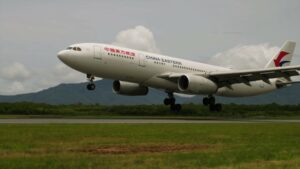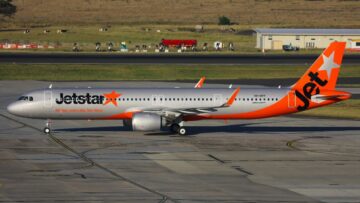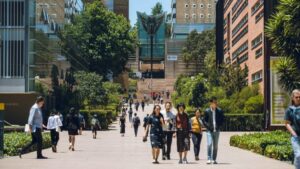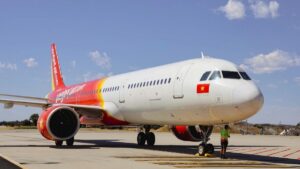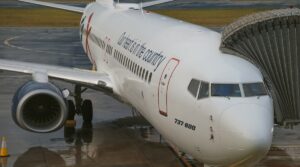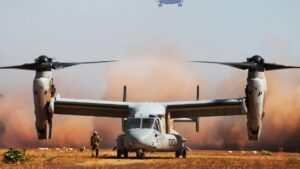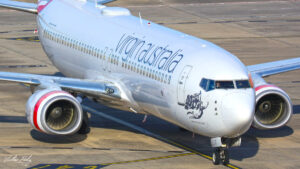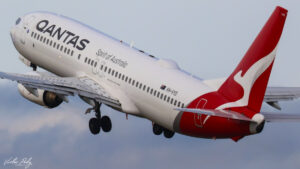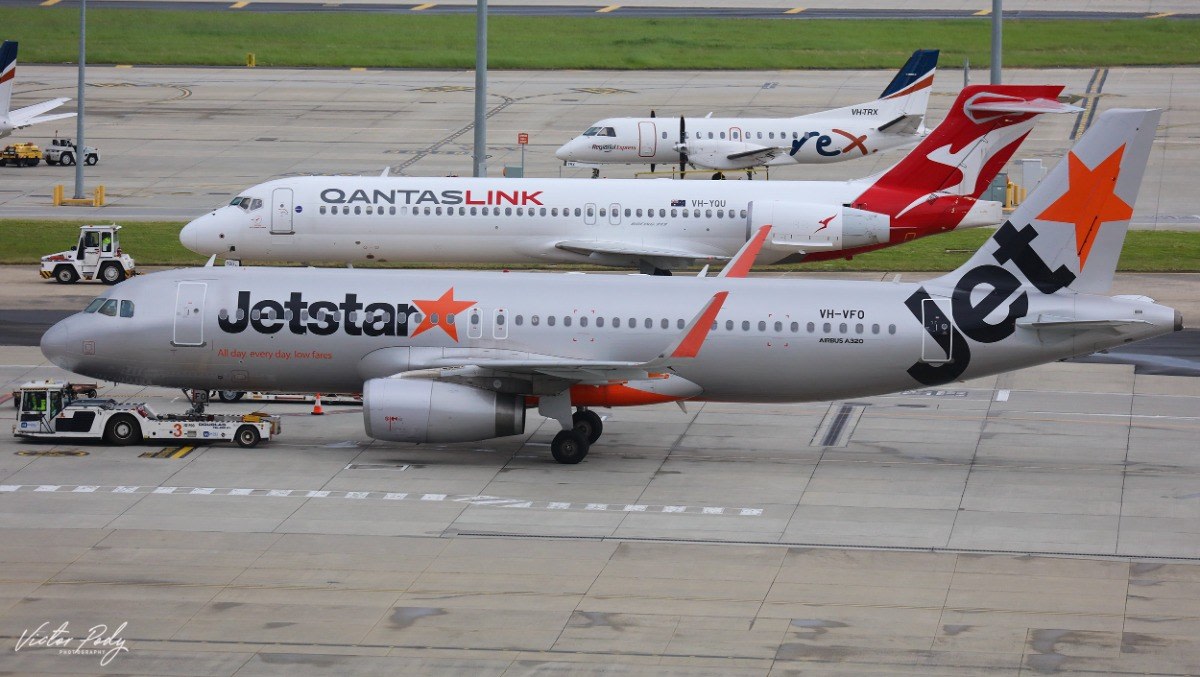
Domestic airfares in Australia are getting more expensive this year, despite hopes prices would trend down.
According to new BITRE data released by the Department of Transport, the ‘best discount’ airfare index raised from 74 in January to 74.7 in February. The traditional ‘restricted economy’ index has also risen from 81.5 to 82.
Airfares are currently expensive due to a combination of high fuel prices and the industry putting on less flights to mitigate the delays caused by staff shortages.
Strong pent-up demand caused by three years of COVID-19 restrictions means airlines have felt little need to release bargain deals, with consumers consistently paying high prices to fly.
The news of a stuttering recovery for airfares comes despite hopes they would trend down in the first six months of 2023.
The ACCC earlier said it was “expecting” prices to decrease when more employees are recruited.
“The ACCC will be monitoring the domestic airlines closely to ensure they return capacity to the market in a timely manner to bring downward pressure on airfares,” it said in its latest quarterly report on aviation.
“In this context, the ACCC would be concerned if the airlines withheld capacity in order to keep airfares high.
PROMOTED CONTENT
“Airfares are higher than they have been in years and higher than pre-pandemic levels. The average revenue per passenger, an indication of average airfares across all fare types, was 27 per cent higher in October 2022 than it was in October 2019.
“Of the different fare types, the discount economy fares are particularly high because airlines don’t need to offer sales in order to fill their planes. The discounted tickets that are made available are sold out quickly.
“An index of the discount economy fares across Australia’s top 70 domestic routes in November 2022 was more than double what it was in April 2022, when it hit an 11-year low.
“Flexible economy and business airfares have not increased as much as discount fares, and in November 2022 remained below pre-COVID-19 prices.”
The slower than hoped-for recovery in low prices likely coincides with airlines being slow in increasing capacity, or seats for sale.
Australian Aviation reported last month how fewer passengers travelled through Sydney Airport in December last year than in five other months of 2022.
The business revealed passenger traffic was just 1,937,000 – down 17.5 per cent compared to the same month in 2019.
Sydney Airport’s chief executive, Geoff Culbert, said there were 411,000 fewer domestic passengers in December 2022 than in December 2019.
“There is significantly more work to do to rebuild overseas travel, with international passenger traffic still well behind pre-pandemic levels and lower flight numbers,” he said.
“Australia needs to unlock more capacity, and quickly, if we want to see a sustained recovery for our tourism, education, and export industries.”
- SEO Powered Content & PR Distribution. Get Amplified Today.
- Platoblockchain. Web3 Metaverse Intelligence. Knowledge Amplified. Access Here.
- Source: https://australianaviation.com.au/2023/02/domestic-airfares-get-more-expensive-in-february/
- 000
- 1
- 2019
- 2022
- 2023
- 7
- 70
- a
- across
- Airlines
- All
- and
- April
- Australia
- available
- average
- aviation
- because
- behind
- being
- below
- bring
- business
- Capacity
- caused
- chief
- closely
- COM
- combination
- compared
- concerned
- Consumers
- context
- COVID-19
- Currently
- data
- Deals
- December
- decrease
- delays
- Demand
- Department
- Despite
- different
- Discount
- Domestic
- Dont
- double
- down
- downward
- Earlier
- economy
- Education
- employees
- ensure
- executive
- expensive
- export
- February
- fill
- First
- flight
- from
- Fuel
- get
- getting
- High
- higher
- Hit
- hopes
- How
- HTTPS
- in
- increased
- increasing
- index
- indication
- industries
- industry
- International
- IT
- January
- Keep
- Last
- Last Year
- latest
- levels
- likely
- little
- Low
- low prices
- made
- manner
- Market
- means
- Mitigate
- monitoring
- Month
- months
- more
- Need
- needs
- New
- news
- November
- numbers
- october
- offer
- order
- Other
- overseas
- particularly
- paying
- Planes
- plato
- Plato Data Intelligence
- PlatoData
- pressure
- Prices
- quickly
- raised
- recovery
- release
- released
- remained
- report
- Reported
- restrictions
- return
- Revealed
- revenue
- Risen
- routes
- Said
- sale
- sales
- same
- shortages
- significantly
- SIX
- Six months
- slow
- sold
- Staff
- Still
- sydney
- The
- their
- this year
- three
- Through
- tickets
- to
- top
- Tourism
- traditional
- traffic
- transport
- travel
- Trend
- types
- unlock
- What
- will
- Work
- would
- year
- years
- zephyrnet

